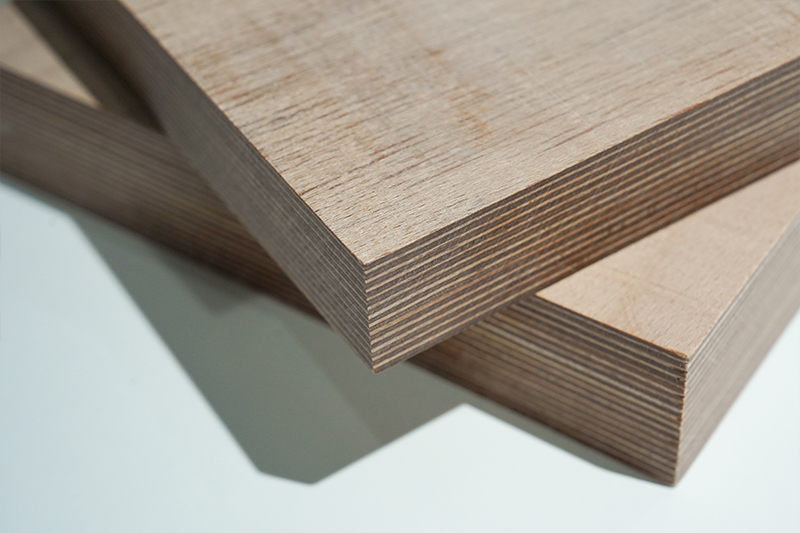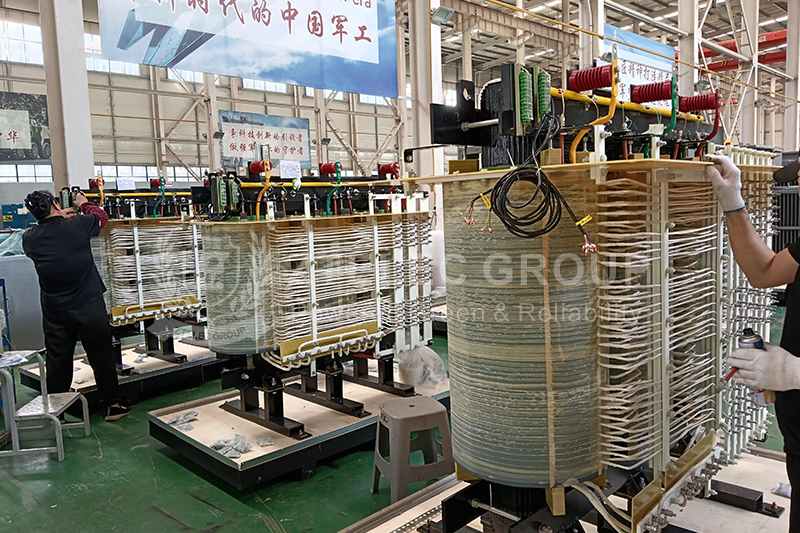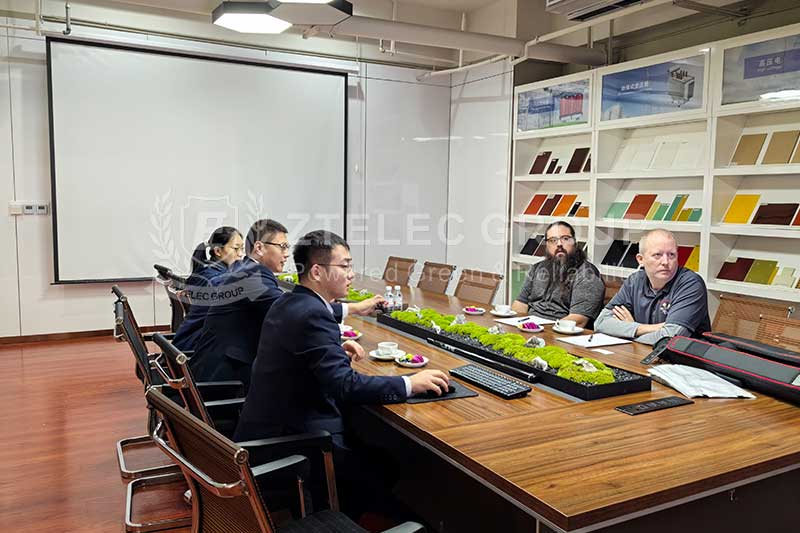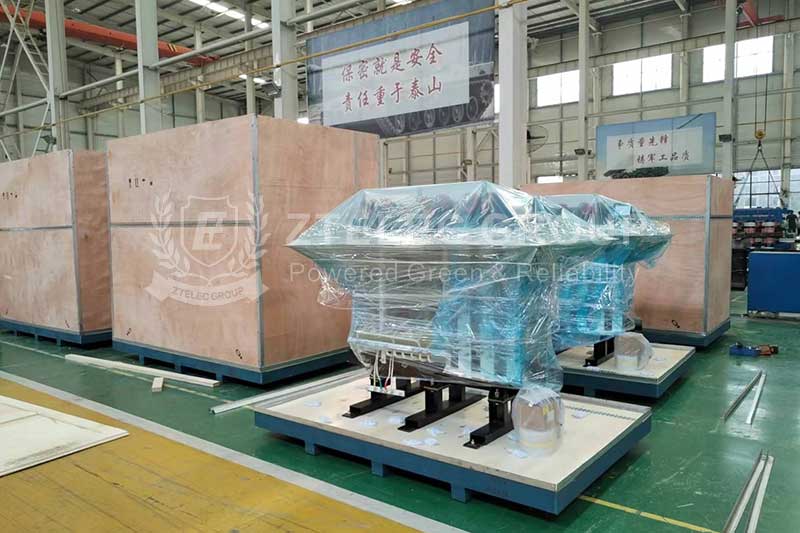what is prepreg materials and how to choose it
Understanding Prepreg Materials
Why choose prepreg materials
Choosing prepreg materials (pre-impregnated composite materials) offers several advantages, making them a preferred choice for various applications. Here are some common reasons for choosing prepreg materials:
-
Consistency and Quality Control:
- Prepreg materials are manufactured in controlled factory environments, ensuring a high level of consistency and precise quality control. This consistency leads to uniform performance and reliability in each manufactured component.
-
Uniformity of Materials:
- The manufacturing process of prepreg materials ensures a uniform distribution of fibers and adhesive resin, as well as a consistent bond between them. This helps prevent the formation of voids or bubbles that could lead to uneven performance or weak points.
-
Process Control:
- Manufacturers have better control over the production process when using prepreg materials. Parameters such as temperature, pressure, and curing time can be more precisely controlled, resulting in more accurate component manufacturing.
-
Reduced Waste:
- Prepreg materials are typically supplied in rolls and can be cut to specific shapes as needed. This customizable cutting approach minimizes waste, improves material utilization, and contributes to overall cost savings.
-
Enhanced Production Efficiency:
- The use of prepreg materials can simplify the manufacturing process, reducing production steps. This, in turn, increases production efficiency, shortens manufacturing cycles, and lowers overall production costs.
-
Adaptability to Automation:
- Due to their consistency and controllability, prepreg materials are well-suited for automated manufacturing processes. This is particularly beneficial for large-scale production and efficient production lines.
-
High-Performance Characteristics:
- Prepreg materials often incorporate high-performance fibers such as carbon fiber or aramid fibers, combined with thermosetting resins like epoxy. This results in composite materials with excellent strength, stiffness, and durability.
-
Adaptability to Various Processes:
- Prepreg materials can adapt to different manufacturing processes, including compression molding, automated lay-up, and other methods, making them suitable for a wide range of applications.
-
Conservation of Specialty Resins:
- Specialty resins used in prepreg materials are pre-impregnated onto the fibers, ensuring that the resin is evenly distributed and minimizing the risk of overuse or waste of these high-cost materials.
-
Versatility in Applications:
- Prepreg materials find applications in diverse industries, including aerospace, automotive, sports equipment, medical devices, and more, due to their high-performance characteristics and adaptability.
Application areas of prepreg materials
Prepreg materials, or pre-impregnated composite materials, find applications across various industries due to their excellent performance characteristics and versatility. Some of the key application areas include:
-
Aerospace Industry:
- Prepreg materials are extensively used in the aerospace sector for manufacturing components such as aircraft structures, wings, fuselage sections, and interior components. The lightweight and high-strength properties of prepregs contribute to fuel efficiency and overall performance.
-
Automotive Sector:
- In the automotive industry, prepregs are employed to manufacture lightweight and strong components, including body panels, interior parts, and structural elements. The use of prepregs helps reduce the overall weight of vehicles, enhancing fuel efficiency and performance.
-
Sports and Recreation:
- Prepreg materials are commonly used in the production of sports equipment, including high-performance bicycles, tennis rackets, golf clubs, and various athletic gear. The lightweight nature and superior strength-to-weight ratio make them ideal for sports applications.
-
Wind Energy:
- Prepregs are utilized in the manufacturing of wind turbine blades. The high strength and durability of prepreg materials contribute to the structural integrity of the blades, ensuring reliable and efficient wind energy generation.
-
Marine Industry:
- Prepreg materials are employed in the construction of marine components such as boat hulls, masts, and other structural elements. The corrosion resistance and lightweight characteristics of prepregs make them well-suited for marine applications.
-
Medical Devices:
- In the medical field, prepreg materials are used to manufacture lightweight and strong components for medical devices, imaging equipment, and patient care products. The biocompatibility of certain prepreg materials is advantageous in medical applications.
-
Defense and Military:
- Prepregs are utilized in the defense and military sectors for manufacturing lightweight and durable components, including armor, UAVs (unmanned aerial vehicles), and military vehicle components.
-
Electronics and PCBs (Printed Circuit Boards):
- Prepreg materials, especially those with electrical insulation properties, are used in the production of high-performance PCBs. They provide excellent dielectric properties and thermal stability required for electronic applications.
-
Construction and Infrastructure:
- Prepregs find applications in the construction industry for manufacturing components such as high-strength beams, panels, and reinforcement materials. The durability and load-bearing capabilities of prepreg materials contribute to the structural integrity of buildings and infrastructure.
-
Oil and Gas:
- In the oil and gas sector, prepreg materials are utilized for manufacturing components such as pipes, tanks, and offshore structures. The corrosion resistance and strength of prepregs are beneficial in harsh environments.
-
Consumer Goods:
- Prepreg materials are used in the production of consumer goods such as luggage, electronics casings, and various lifestyle products where lightweight and durable materials are desired.
How to choose the right prepreg
Choosing the right prepreg for a specific application involves considering various factors to ensure that the material meets the performance, processing, and environmental requirements of the intended use. Here are key considerations when selecting the right prepreg:
-
Fiber Type:
- Identify the type of fiber reinforcement needed for your application. Common options include carbon fiber, glass fiber, aramid fiber, or a combination of these. The choice depends on the desired strength, stiffness, and other mechanical properties.
-
Resin Type:
- Select the appropriate resin system based on the application's requirements. Common resin types include epoxy, phenolic, polyimide, and others. Each resin offers different characteristics such as temperature resistance, chemical resistance, and processing requirements.
-
Curing System:
- Consider the curing system of the prepreg, which determines the temperature and time required for curing. Some prepregs require low-temperature curing, while others may require elevated temperatures. Ensure that the curing profile aligns with the manufacturing process.
-
Tackiness and Shelf Life:
- Assess the tackiness of the prepreg, which refers to its stickiness or adhesiveness before curing. Tackiness is important for lay-up processes. Additionally, consider the shelf life of the prepreg, as some materials have limited time for processing before their properties degrade.
-
Weight and Thickness:
- Determine the desired weight and thickness of the prepreg. These parameters influence the final weight and thickness of the composite part. Consider the specific strength and stiffness requirements of your application.
-
Cure Cycle Compatibility:
- Ensure that the prepreg's cure cycle (temperature and time) is compatible with your manufacturing process. Some applications may require fast cure times, while others may allow for longer curing cycles.
-
Handling Characteristics:
- Evaluate the handling characteristics of the prepreg, including its drapeability, conformability, and ease of lay-up. These factors are crucial for achieving proper fiber orientation and consolidation during the manufacturing process.
-
Environmental Resistance:
- Consider the environmental conditions the composite material will be exposed to. Some prepregs offer enhanced resistance to chemicals, moisture, UV radiation, and other environmental factors. Choose a material that suits the intended operating environment.
-
Regulatory Compliance:
- Ensure that the chosen prepreg complies with relevant industry standards and regulations. This is particularly important in sectors such as aerospace, automotive, and medical, where strict compliance is often required.
-
Cost Considerations:
- Evaluate the overall cost of the prepreg, including material cost, processing costs, and any additional tooling or equipment requirements. Consider the trade-offs between performance and cost-effectiveness.
-
Supplier Reputation:
- Choose a reputable supplier with a track record of delivering high-quality prepreg materials. Consider the supplier's experience, certifications, and ability to provide technical support.
leave a message
If you are interested in our products, please feel free to contact us or send email to us. Email address:sales@ztelecgroup.com
- more+releated article
- 2025-12-13G10 and FR4 Epoxy Boards: Commonly Used for Ge
- 2025-12-13Comparison of Heat-Resistant DDP Insulating Pa
- 2025-12-12Price of a 1600kVA 10kV Cast Resin Dry-Type Tr
- 2025-12-12How to Choose Epoxy Laminate Materials for Gen
- 2025-12-11Protection Configuration Principles for 35kV D
- 2025-12-11The Price of Heat-Resistant DDP Insulation Pap
- 2025-12-10Application Prospects of 10kV/35kV Oil-Immerse
- 2025-12-09How to Reduce the Maintenance Cost of Oil-Imme
- 2025-12-09How to Choose the Best 110 kV Oil-Immersed Pow
- 2025-12-08Heat-Resistant DDP Insulation Paper
- product categorys
- ELECTRICAL INSULATION BOARD MATERIALS
- ELECTRICAL INSULATION MATERIALS
- POWER TRANSFORMER
- ENAMELED WIRE
- SWITCHGEAR
- FOLLOW US
- customer case
- fetured products

Electrical Laminated Wood

HV Moulded Components
- tags
- Price of a 1600kVA 10kV Cast Resin Dry-Type Transformer35kV dry-type transformer protection10kV oil-immersed transformer110 kV oil-immersed transformerOil-Immersed Transformer Maintenance66 kV oil-immersed transformer110 kV oil-immersed transformersdry-type transformer33 kV oil-immersed transformer69/66 kV Three-Phase Oil-Immersed Power TransformersDry-Type Distribution Transformer Pricedry-type distribution transformerdry type transformerpower transformer 110kVoil-immersed transformertransformer procurement guide 2025power system upgrade stepssubstation upgrade66kV equipment selection66kV transformer system33kV to 66kV upgrade66 kV oil-immersed power transformer220 kV to 66 kV step-down transformeroil-immersed transformer for substation66 kV transformer application



